New London Congestion Charges to Warm Planet, Increase Traffic
Clean Green Cars (CGG) is providing some rhetorical ammo for Porsche's fight against changes to London's Congestion Charge. CGG worries that the new emission-based charges are likely to increase CO2 emissions and congestion. That's cause Londoners are snapping-up what Clean Green calls "Congestion Charge Busters:" vehicles whose tailpipe emissions (120g/km of CO2 or less) give their owners a free ride. Some 200 British new car models qualify; in the last year, their market share has increased from 5.4 percent to 7.4 percent. Clean Green reckons that number will soon soar to 10 percent and beyond. While that's a good thing, it's possibly a bad thing. Congestion charging was supposedly designed to get people to drive less— not buy higher mileage cars and keep on driving. Or drive even more. Clean Green Cars recommends that London kill the exemption altogether and implement a graduated scale of charges: £4 for the lowest emission cars, £8 for moderate emission cars and £12 for vehicles that spew over 225g/kms of carbon. Fare enough?
More by Donal Fagan



















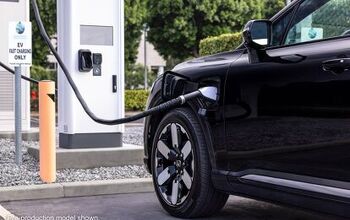






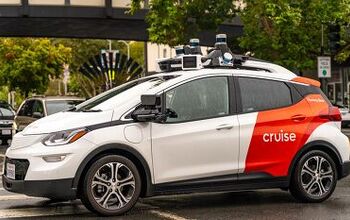
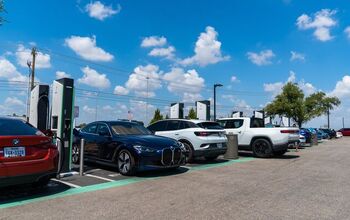

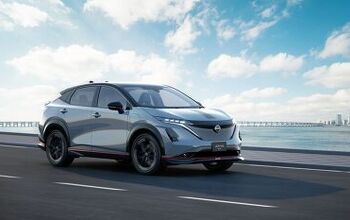
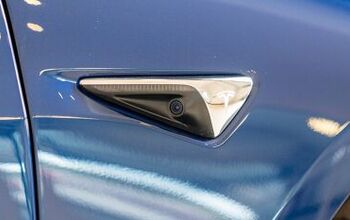


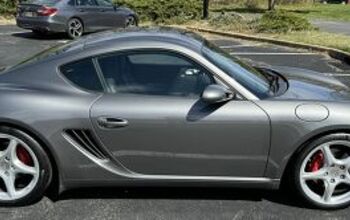
Comments
Join the conversation
@NBK No, I'm not, but we can always parse words - I'd think that total emissions are implicit. And while we've seen improvements in total emissions, there are still areas of serious concern - diesel vehicles being one such factor in Europe, where they are popular; abraded road dust and particulates from asphalt being another - as you state, nitrogen oxides and particulate matter. Which is also what's being factored into the congestion charge rate levels.
@Stein I'd think total emissions are implicit. That's exactly what I dispute. Total emissions are not very well correlated with CO2 emissions, especially given the availability of catalytic converters and diesel particulate filters, and the like. If you are really worried about these matters, you'd grade your charge based on weight, engine type (diesel vs. gasoline), emissions profile for the make and model in question, etc. You wouldn't use CO2 as a proxy to estimate the amount of noxious pollutants, because it isn't a terribly good one. Moreover, Ken Livingston's public declamations on the subject of CO2 emissions and global warming make it explicit that the motivation behind the graduated congestion charge is all that, and not a concern for local air quality.
However, TfL (Transport for London) has reported changes in air quality within and alongside the Inner Ring Road boundary of the zone. Levels of two greenhouse gases fell, nitrous oxide (N2O), by 13.4% between 2002 & 2003, and carbon dioxide (CO2), as well as particulates (PM10).[95] In 2007, the Fifth Annual Monitoring Report by TfL stated that between 2003 and 2006, N2O emissions fell by 17%, PM10 by 24% and CO2 by 3%, with some being attributed to the effects of reduced levels of traffic flowing better, with the majority being as a result of improved vehicle technology.[25][112] These accounted for a falls of N2O by 17%, PM10 by 24 percent and CO2 by 3 percent.[25] In total the rate of fall in CO2 has been 20%.[113] The TfL report makes it clear that only a one off reduction of emissions could be expected from the introduction of the charge, whilst further reductions are unlikely to be as a result of the charge.[25]